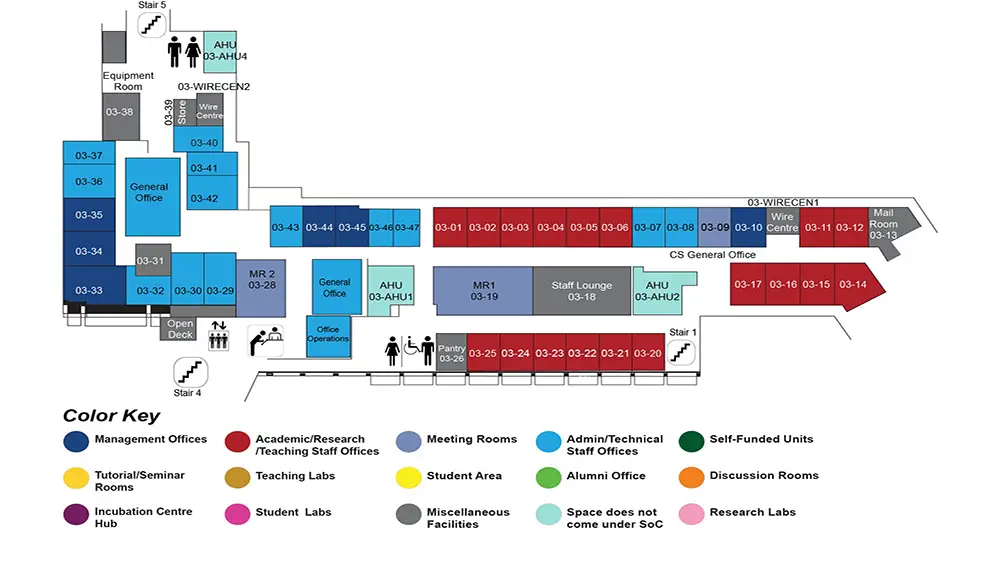360 Degree User Profile Learning from Multiple Social Networks for Wellness and Urban Mobility Applications
COM1 Level 3
MR1, COM1-03-19


Abstract:
The drastic change in the Web was witnessed throughout the past decade, which saw an exponential growth in social networking services. The reason of such growth is that social media users concurrently produce and consume data. In this context, millions of users, who follow different lifestyle and belong to different demographic groups, regularly contribute multi-modal data on various online social networks, such as Twitter, Facebook, Foursquare, Instagram, and Endomondo. Traditionally, social media users are encouraged to complete their profiles by explicitly providing their personal attributes such as age, gender, interest, etc. (individual user profile). Additionally, users are likely to join interest-based groups that are devoted to various topics (group user profile). Such information is essential for different applications, but unfortunately, it is often not publicly available. This gives rise of automatic user profiling, which aims at automatic inferencing of users' unobservable information based on observable information such as an individual's behavior or utterances.
This thesis focused on investigating techniques for learning across multiple social networks and data modalities as well as their application for user profiling in Wellness and Urban Mobility domains. Considering that user profiling can be performed at individual and group levels, this thesis proposes two multi-source learning schemes: multi-source learning scheme for individual user profiling and multi-source community detection scheme for group user profiling. We practically applied the proposed approaches in three user profiling scenarios: demographic profiling, physical wellness profiling, and venue category recommendation.
The experimental results enable us to draw the following three key findings. First, utilization of multiple data sources improves the performance of individual and group user profiling as well as their applications. Second, it is important to take inter-category relatedness into account when dealing with multiple social networks and sensor data simultaneously. Third, in the context of group user profiling, consideration of inter-network relationship at the clustering stage is essential.

